Buy or gift a stand-alone digital subscription and get unlimited access to dozens of back issues for just £18.99 / $18.99 a year.
Please register at www.exacteditions.com/digital/cornucopia with your subscriber account number or contact subscriptions@cornucopia.net
Buy a digital subscription Go to the Digital EditionWhen the summer heat made cool-headed diplomacy impossible, the ambassadors to the Sublime Porte retired to remarkable residences lining the Bosphorus. Patricia Daunt probes their rich diplomatic history, while Fritz von der Schulenburg captures the faded glory of the buildings and their grounds
It has been said that in the great age of diplomacy, when ambassadors lived like kings, ambassadors to the Ottoman Empire lived like kings.Swaggering Circassians, resplendant in scarlet uniforms and armed with swords and beltfuls of daggers, preceded them wherever they went. The power of the ambassadors waxed as that of the empire waned. They divided their year between winter embassies in Pera, described as ‘a kind of town where Christian Ambassadors dwell’ and summer retreats away from a thirsty city prone to earthquake, disease and fire.
By the end of the 19th century, all the embassies as well as the viceroy of Egypt had summer residences on the European shore of the Bosphorus, ‘the most lovely waterway that ever invited a sail’. Some remain: of some there are only vestiges: the Egyptian at Bebek, the Austrian at Yeniköy, the German French, Italian and British at Tarabya, and the Spanish at Büyükdere. The cosmopolitan architecture of those that have survived and the over-grown grounds of those that have not are still best viewed from the sea, though their gardens no longer run down to the water and their landing stages have been cut off by a road.
The summer yalıs of the Khedive of Egypt and his mother and of the Habsburgs, Honernzollerns, Bourbons and Romanovs now hide behind protective walls, their existence betrayed by a lodge, a gate, a glimpse of a drive, suggestion of a parterre, a turret or a steep roof. Sharing a hillside are the remnants of the embassy houses of England and France, destroyed by fires in 1911 and 1913, separated by a valley thick with sycamore and plane and protected by a belt of ancient beech. Rugged avenues of limes lead up to these ill-fated buildings, overgrown now by box, ilex and yew, studded in spring with the magenta of the Judas trees and in summer with the blue trupets of paulownia, and heavy with the scent of syringa, acacia and magnolia.
Apart from the embassy in London, the only diplomatic building belonging to the Austro-Hungarian Empire that passed to the Austrian Republic after the First World War was the Habsburg summer embassy on the Bosphorus. It had been presented to Emperor Franz Josef I by Abdülhamid II in 1883 in semi-ruinous condition, ‘a roof and second floor more-or-less lacking, central hall open to the skies’. For all that, it was, and still is, the most impressive of all the buildings in Yeniköy, standing in parkland which was once a vineyard belonging to the Patriarch of Jerusalem…
They are smelly and poisonous, but arums and aristolochias are among the most striking wild flowers in Turkey. Andrew Byfield tracks them down.
Cherry jam is slightly runny. Rather than adding pectin, it is better to accept that this ruby-coloured jam drips from the toast when you eat it.
More cookery features
The ancient art of ebru, or paper marbling, creates sinuous, swirling patterns of subtle colour which owe their appearance to processes as mysterious as the technique’s very beginnings. Ebru apprentice Ali Suat Urguplu shares his master Fuad Basar’s secrets. Photographs by Simon Upton
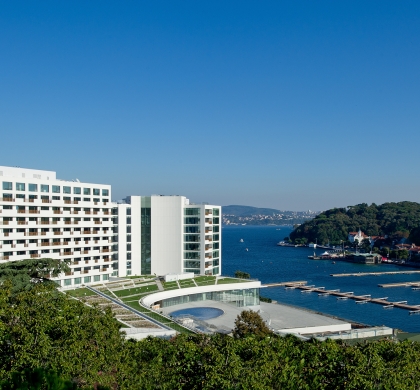
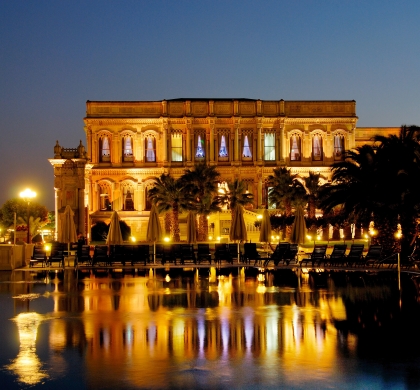
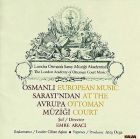
The London Academy of Ottoman Court Music, with Emre Aracı. Produced by Ates Orga,
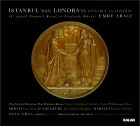
Prague Symphony Orchestra, directed by Emre Aracı, produced by Ateş Orga
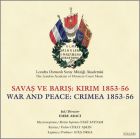
The London Academy of Ottoman Court Music, with Emre Araci
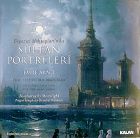
The Prague Symphony Chamber Orchestra with Cihat Askin, violin. Directed by Emre Araci and produced by Ateş Orga
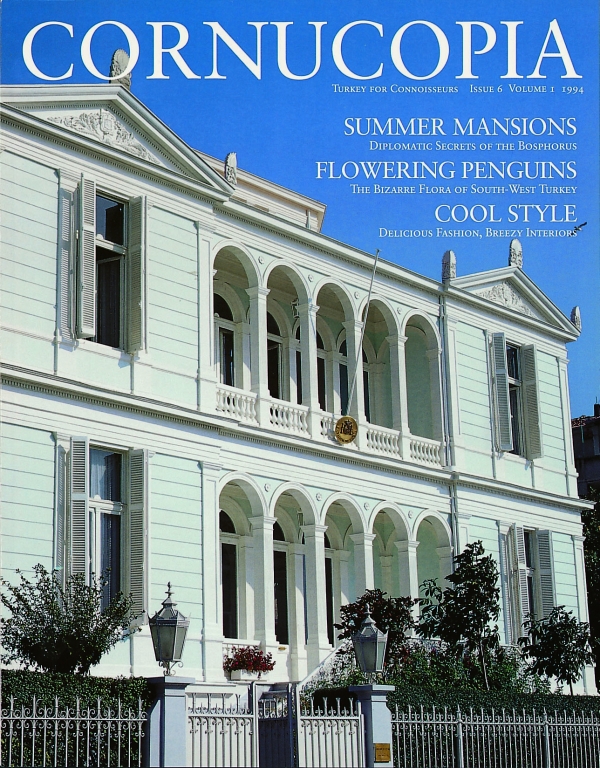

Cornucopia works in partnership with the digital publishing platform Exact Editions to offer individual and institutional subscribers unlimited access to a searchable archive of fascinating back issues and every newly published issue. The digital edition of Cornucopia is available cross-platform on web, iOS and Android and offers a comprehensive search function, allowing the title’s cultural content to be delved into at the touch of a button.
Digital Subscription: £18.99 / $18.99 (1 year)
Subscribe now